John McMaster can still remember the days of playing with a football which grew heavier the longer a match progressed; a hard leather bladder which left its imprint on his knee and, more importantly, his head.
The Gothenburg Great has watched too many of his former colleagues struggle with neurodegenerative diseases such as dementia and Alzheimer’s to have any nostalgia for the sessions in public parks when the ball’s weight increased in the rain, the mud and occasional pieces of dog dirt which lay scattered around the playing surface in the decades before professional clubs had access to specialist training grounds.
“It was like asbestos in the workplace,” says McMaster, who won a cabinet’s worth of trophies at Pittodrie in the 1980s. “We didn’t know any better at the time, but the impact of heading the ball repeatedly took its toll and it did so in a horrible way.
“I’m glad that steps are being taken to address the issue, but it’s too late for some people.”
He was responding to steps implemented by the Scottish Football Association to limit heading in the professional game; a policy which is being pursued at every level to reduce the risk of brain disease, which has affected many well-known players from the 1960s and 1970s, including Celtic’s Billy McNeill and Jimmy Johnstone, England’s World Cup-winning duo Nobby Stiles and Jack Charlton, and Dundee United’s Frank Kopel, whose widow, Amanda, launched a campaign to prevent further tragedies in the sport, following his death in 2014 at the age of 65.
The SFA’s new guidelines state, among other things, that training exercises which could involve repeated heading should be carried out no more than once a week; they should not take place on the day before a match; and that clubs should plan and monitor heading activity in training to limit the overall burden of heading.
The ground-breaking action follows a similar decision adopted in youth football to ban heading for all children under the age of 12, as concerns heightened about the number of ex-players who have been diagnosed with a variety of neurological diseases.
The radical proposals have been welcomed by many medical experts, who have long expressed concerns about the link between repeated concussions of footballers and degenerative conditions in later life.
Dr John McLean, the SFA’s chief medical consultant, said: “Surveys of players and coaches have been supportive and there is a great willingness to alter and change training programmes.
“Heading is part of football and, at least for the near future, that will continue, but our drive through training is to reduce unnecessary heading. What happens regarding banning and matches is for others to decide.”
McMaster is among those who backs the initiative, yet he realises it will offer cold comfort to those whose loved ones have already died or are struggling.
He said: “I’ve got a grandson and I want him to enjoy football without having to worry about what might happen later. But we can’t ignore the fact that so many people have suffered. We never even talked about these things 10 or 15 years ago”.
McMaster’s former teammate, Willie Miller, who captained Aberdeen to European glory in Gothenburg in 1983, has spoken poignantly about the dire consequences for some of the brightest stars in the firmament of the heavy thud-thud-thud of heading a ball.
He said this week: “For players of my generation and earlier, all of the scientific research around heading the ball has come too late, and it is so sad to see what the result has been for some former pros.
“When we were playing, there was no awareness of the issues heading all the time could potentially cause in later life. I played with Willie Young in my early days at Aberdeen, before he moved on to Arsenal, and Willie was diagnosed with early-onset Alzheimer’s at the age of 68, with repetitive heading pointed to as a contributing factor.
No value in worrying about the past
“For the rest of us, the prospect of developing these problems is not something you can dwell on, because you can’t turn the clock back.
“All of the headers I went up for in games and training are in the past and, while it would have been brilliant to have had the information about the damage it could have been doing back then, all you can do is try to be as healthy as you can now.
“At the end of the day, these neurodegenerative diseases will always be part of the ageing process for some folk, but anything we can do to minimise the amount of people who suffer these terrible illnesses can only be a good thing.”
Not everybody is 100% behind the SFA’s policy. One former player told me that he feared football was gradually being turned into a non-contact sport and argued: “Where do you draw the line? If you can’t have heading, why bother with corners?
“It’s meant to be a contact sport and, while nobody wants to see people being afflicted with serious illness or injury, are they going to end up giving the players helmets?
“I just worry we are heading down a road where health and safety regulations end up taking a lot of the pleasure out of the game we all love.”
However, he was very much in the minority and he requested anonymity, which suggests the tide is running in the other direction.
Aberdeen FC chairman Dave Cormack said: “I have less than fond memories of heading the old leather ball after a downpour! And there’s enough scientific evidence to back limiting heading in football.
“The SFA’s survey stated that 70% of coaches and managers support limiting heading and [Dons manager] Jim Goodwin is certainly one of those.
“Our training under Jim won’t need any adjustment because we do the majority of our crossing, heading and finishing exercises two days ahead of matchday, and we’re typically off the day after a game. We therefore largely avoid any heading on the days immediately before and after a match.
The game will adapt and evolve
“After our recent trip to Atlanta, it was interesting to note that aerial duels in Aberdeen’s last two league games, when compared to Atlanta United’s, highlighted that Aberdeen engaged in more than double the number than our Atlanta counterparts.
“So we are highly supportive of the SFA’s approach to limiting heading.”
As McMaster noted, football isn’t under threat from these developments. On the contrary, it is adapting to the science and showing social awareness.
“It will adapt and evolve,” he said. “I’ve no worries about that.”

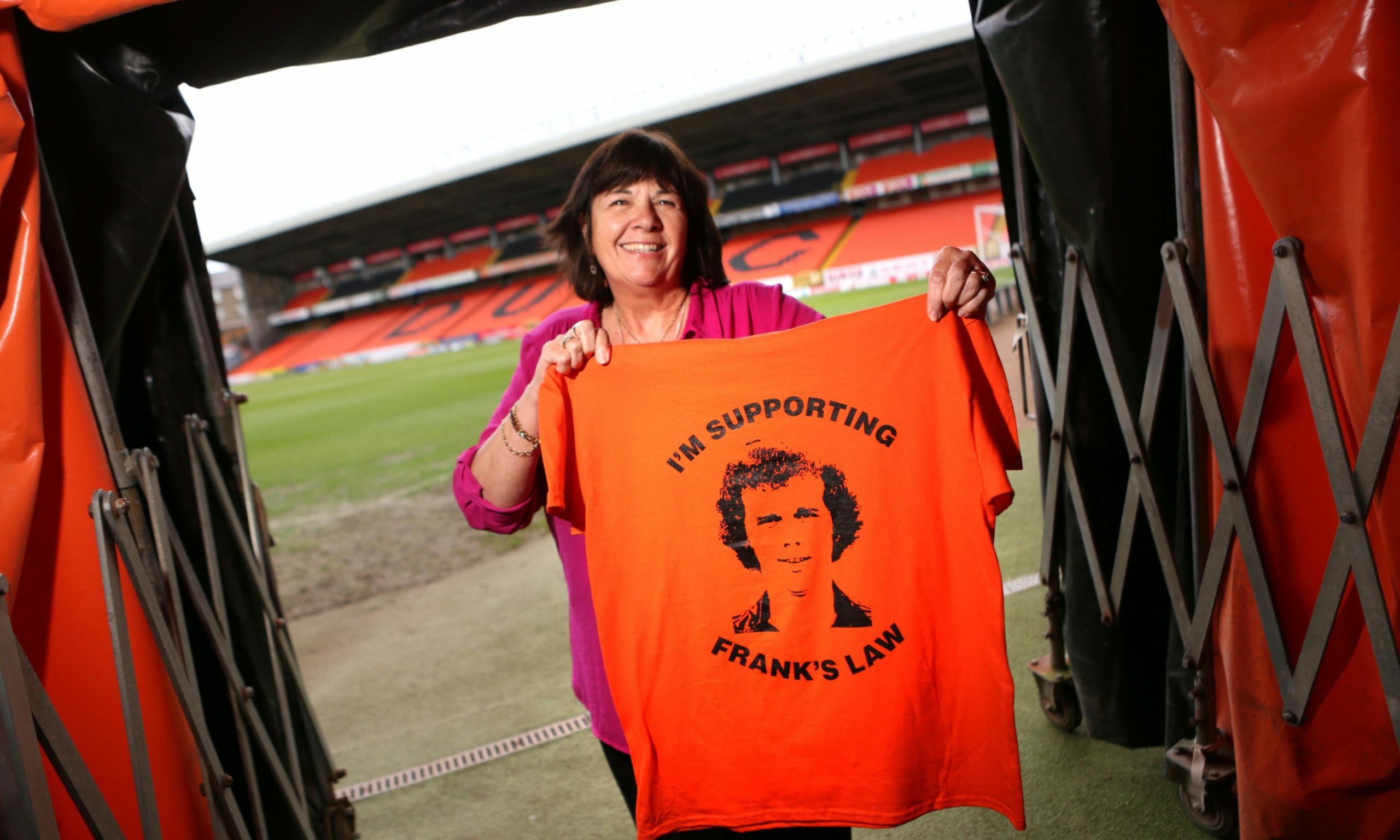
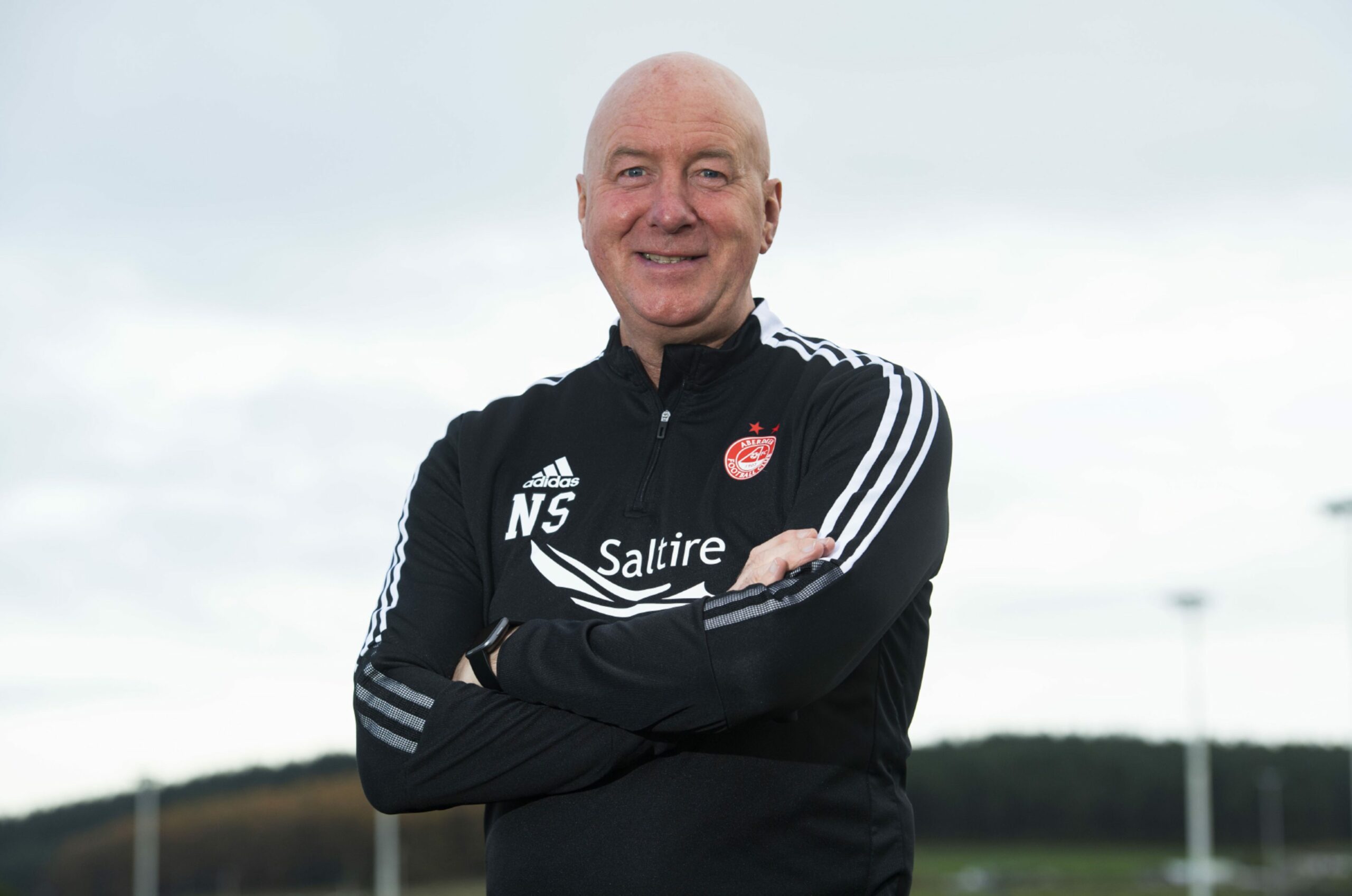
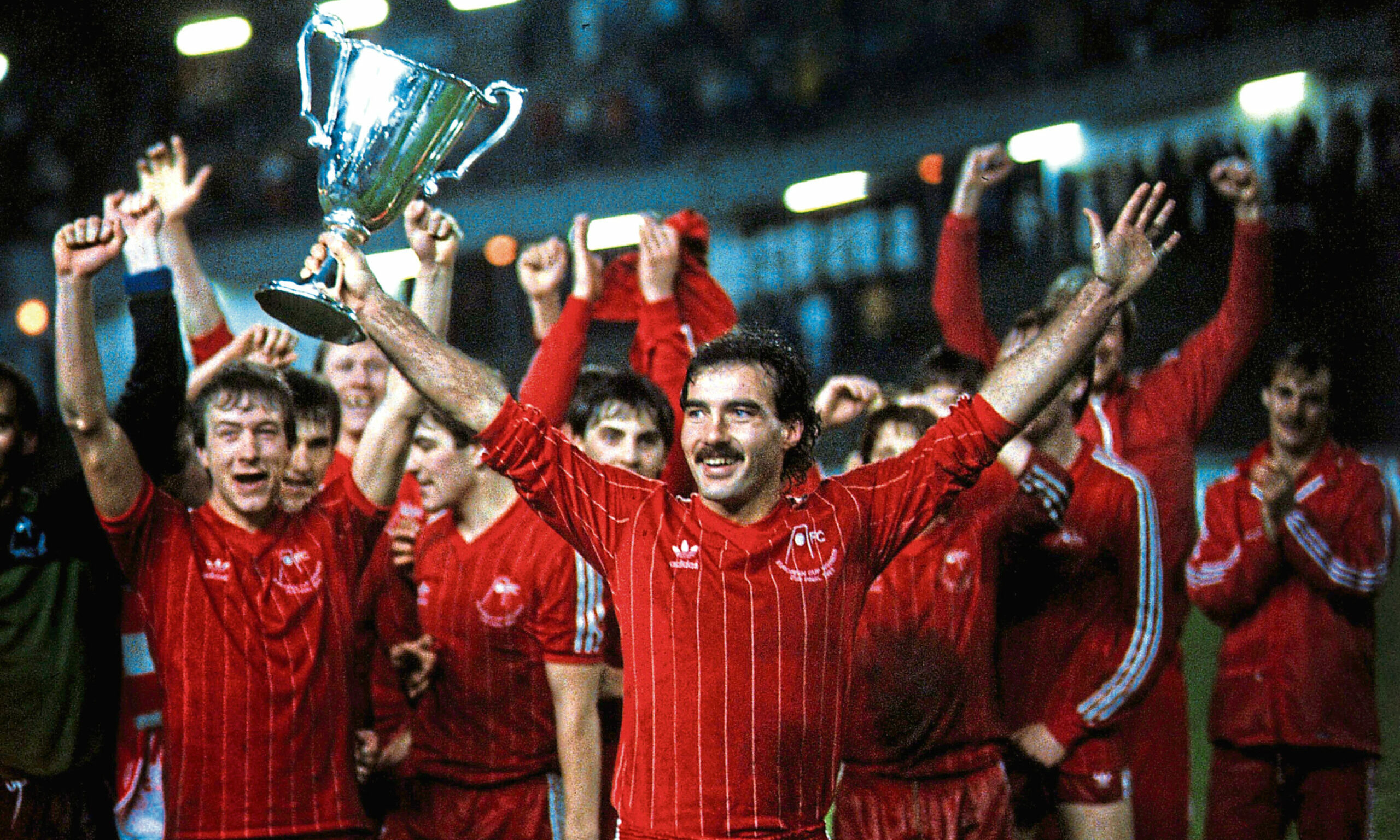
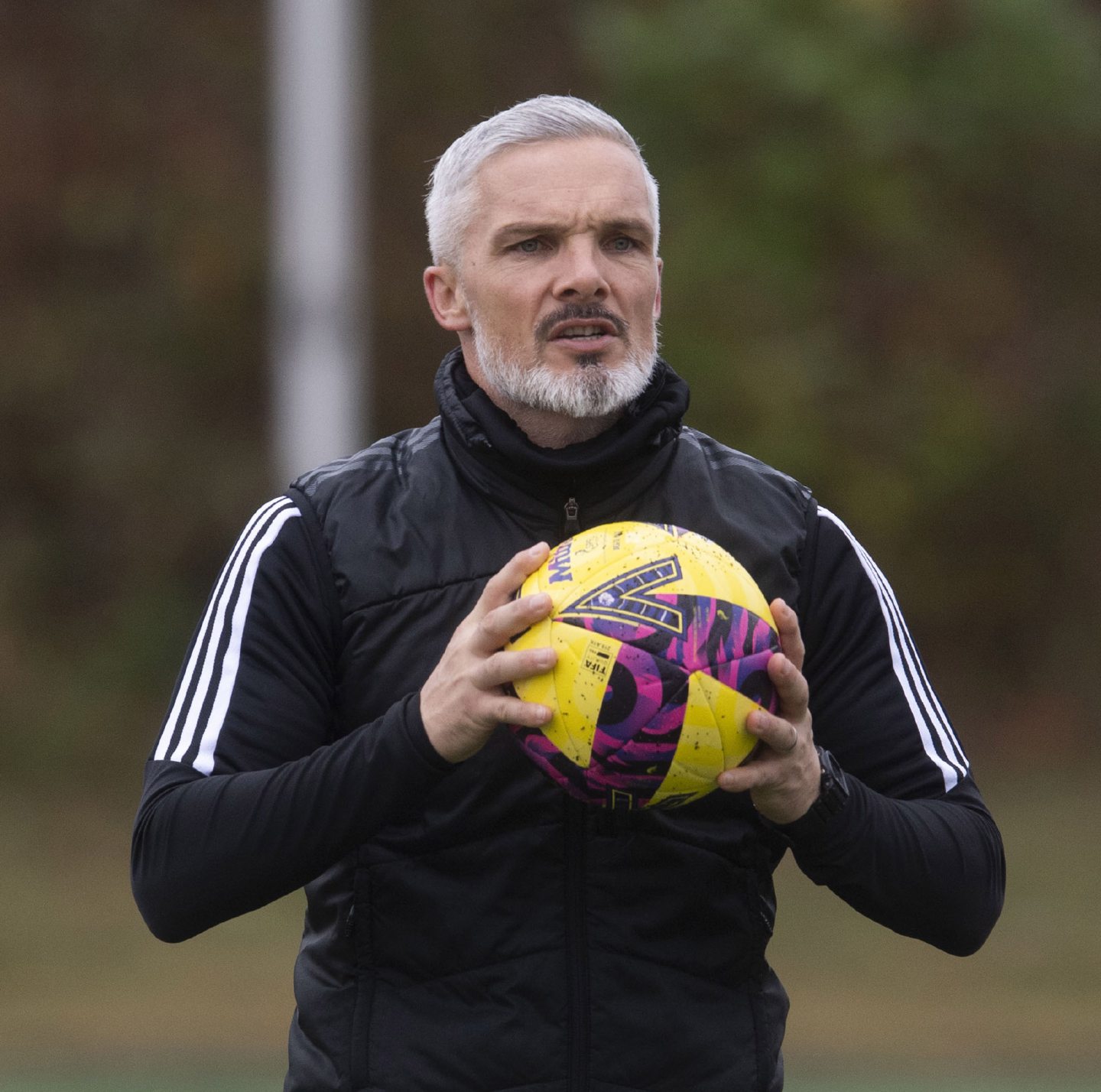
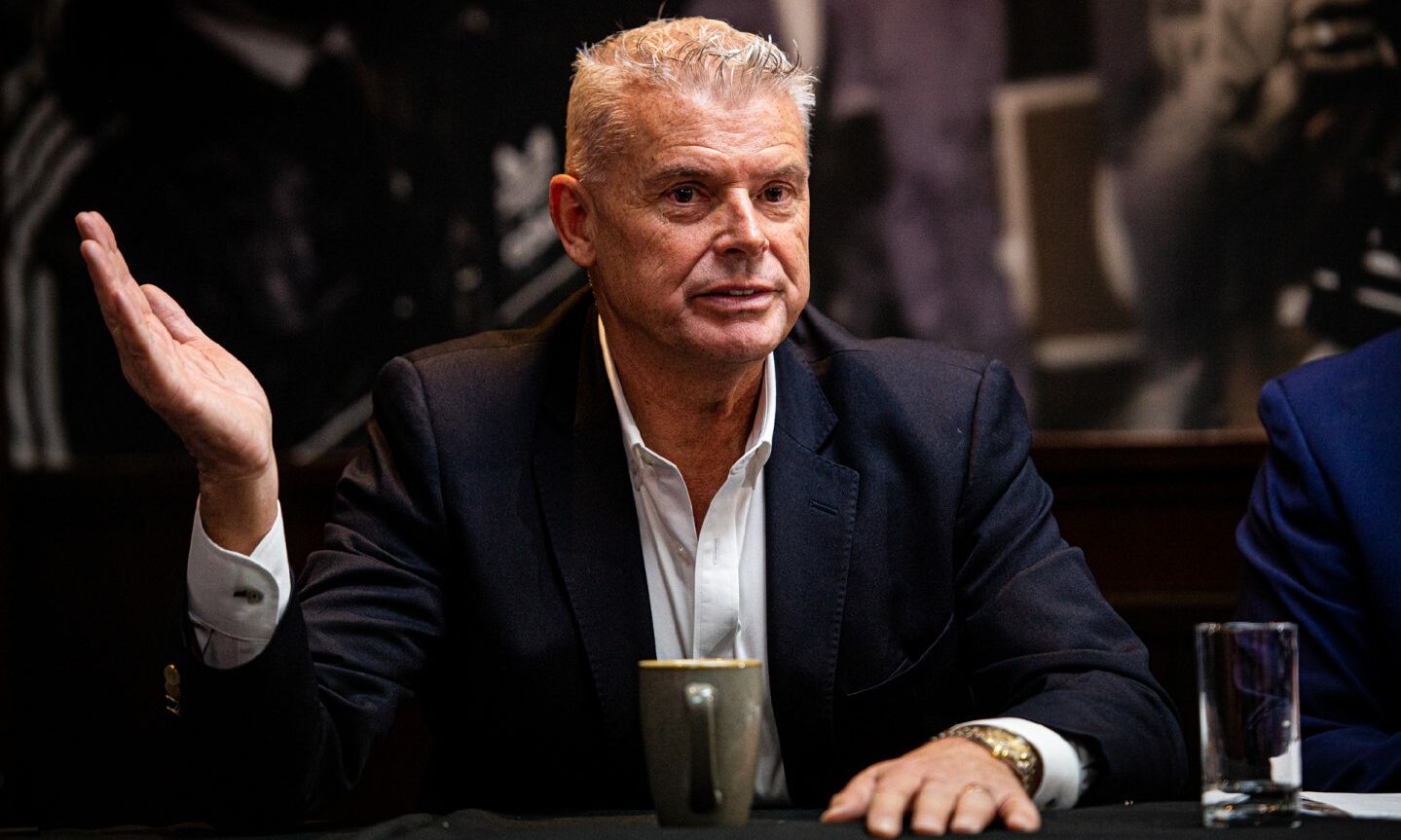










Conversation